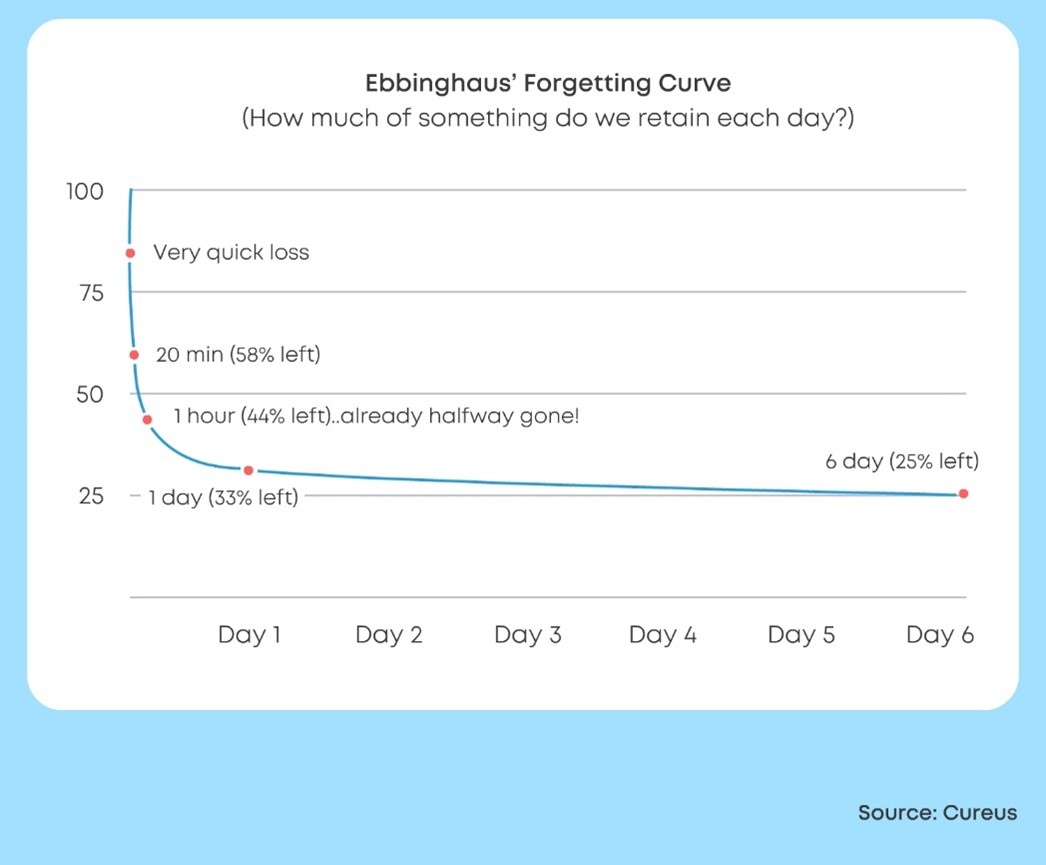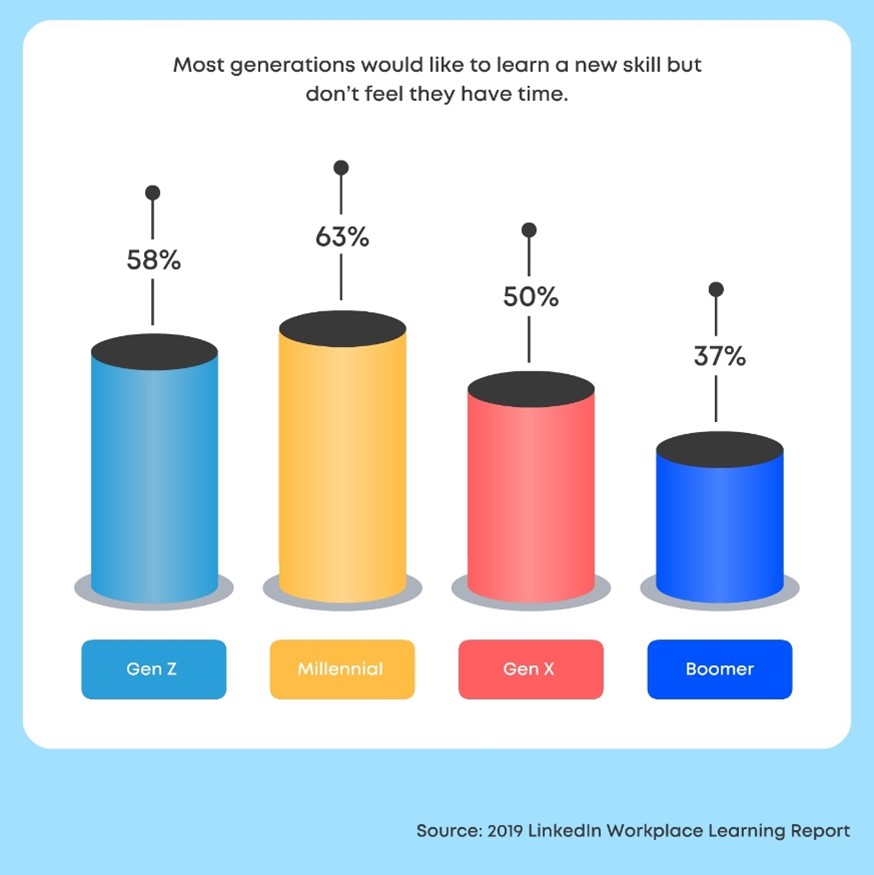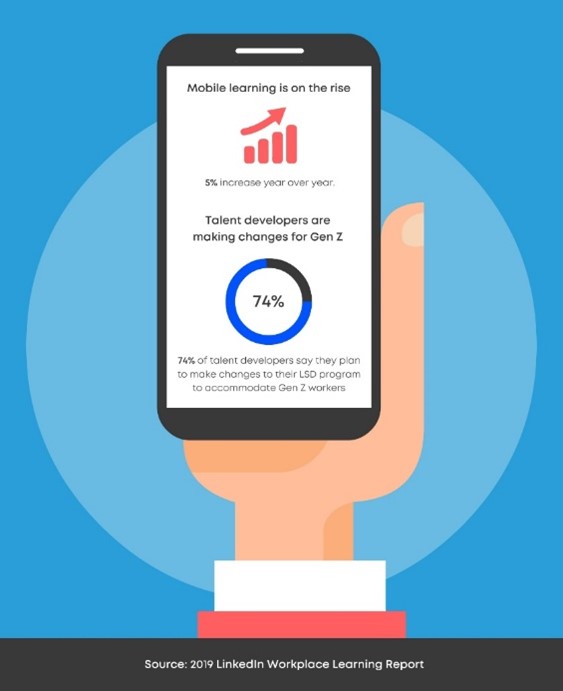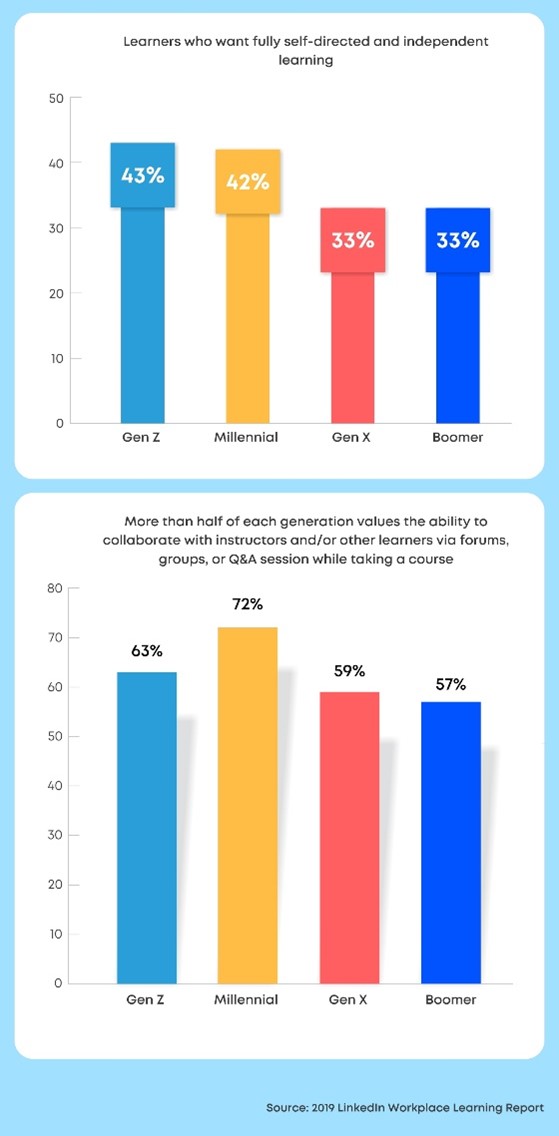Attending social gatherings, interacting with our surroundings, driving, traveling via public transportation, and shopping – these are some of the activities we perform each day, and these activities require us to process new information every second. According to npr.org, the human brain can process 11 million bits of information per second.
Information that is processed and absorbed transcends our understanding, enabling us to learn. This transcending of skills, knowledge, values, attitudes, perceptions, and behaviors across a field of activity is called learning. For humans, learning begins at birth and is an ongoing process as our interaction with people and our environment continues.
Types of organizational learning
Human learning may happen in multiple ways, such as conditioning, observation, imprinting, habituation, and formal and informal training. Learning often happens using a combination of these. While all methods of learning enhance human understanding, organizations have relied on a few learning approaches for their workforce since the advent of the Industrial Revolution. These approaches can be broadly categorized into:
- Traditional learning: This system of learning requires an instructor or the organization to set goals for the learners and to present information in a formal or classroom training. Traditional learning is mostly synchronous, where the instructor and the learner are in the same environment. The environment can be physical or virtual.
- Nontraditional learning: In this system of learning, learners learn at their own pace – they set their own learning goals. Nontraditional learning is mostly asynchronous – that is, the instructor and the learner are not in the same environment. Nontraditional learning methods such as e-learning, email courses, training videos, and microlearning are increasingly being adopted by organizations today.
Limitations of traditional learning
One of the biggest challenges with traditional learning approaches is knowledge retention. This is what the “Forgetting Curve” looks like after a single training event:

The graph explains how learners subjected to traditional learning methods lose information over time without reinforcement and repetition.
Benefits of nontraditional learning
Over the last decade, organizations have increasingly adopted different forms of nontraditional approaches to facilitate asynchronous learning. Most nontraditional learning approaches that are asynchronous in nature – e-learning, email courses, videos, cohort learning, and MOOCs – have proved beneficial, barring some key limitations, including:
- Cognitive overload: Too much information to process at once
- Time: Requires more time than learners are willing to spend
- Mobile readiness: Does not support learning away from a desk
- Reduced learner efficiency: Takes away a lot of productive work time
- Non-compatibility with the future of learning: Does not help build a learning culture
One type of nontraditional learning that avoids these pitfalls is microlearning.
What is microlearning?
Microlearning is any learning that is delivered in small, bite-size chunks, making it easier for the learner to consume. Microlearning is mostly mobile-ready and asynchronous, making it easily accessible.
Let’s look at the benefits of microlearning for learners and for organizations.
Benefits of microlearning for learners
- Enhances knowledge retention: Research has shown that consuming information in small, bite-size chunks is an antidote to the Forgetting Curve. Microlearning reduces the possibility of mental fatigue by spacing out the learning, which helps improve retention and understanding. For example, after implementing a microlearning program, Walmart saw improvements of as much as 15% in employee knowledge level on safety topics.
- Requires less time: A LinkedIn 2019 workplace learning report found that time was the biggest barrier to organizational learning across generations. A typical e-learning module takes anywhere from 15 to 30 minutes to complete. Microlearning modules are shorter, anywhere between 5 and 10 minutes.

- Supports learning from anywhere: Millennials (born between 1980 and 2000), along with their younger counterparts (Gen Z), comprise half of the U.S. workforce today. These generations have embraced technology and prefer learning away from a desk. Learning on the commute and on mobile devices has been on the rise. The LinkedIn learning report mentioned above confirmed this rise in mobile learning.

- Boosts learner efficiency: One of the world’s largest construction equipment manufacturing companies was able to leverage microlearning to ensure that its managers were up to speed and running their respective divisions effectively. They also reduced time to productivity to 90 days. Read the full case study here.
- Helps build a learning culture: A learning culture motivates employees to learn and puts the learner in control of their learning journey. The LinkedIn Learning report also found that learners across generations preferred independent and social learning over other forms. Microlearning helps achieve all of this by designing the content with the learner in focus and enabling social interactions through a mobile-first approach.

Benefits of microlearning for organizations
Apart from qualitative benefits, including many of those listed above for individual learners, the single largest quantitative benefit for organizations that adopt microlearning is reduced development time and costs.
- In his book 3-Minute E-Learning, learning expert Ray Jimenez, PhD, estimates that organizations can reduce development costs by 50% and increase the speed of course development by 300% by adopting microlearning. For example, Bloomingdale’s rolled out microlearning-based safety training to its 10,000+ employees and saved more than $2 million in a year on training. Even better, the training helped reduce safety claims by 41%. If your organization is looking to adopt microlearning and build a learning culture, you can consult businesses (like ansrsource) that specialize in creating mobile-ready courses for microlearning.
Why does microlearning work?
In a fast-paced, dynamic work environment where everyone is looking to have a lean, mean, and productive workforce, microlearning has proven to be a flexible and agile solution that solves most of the limitations faced by both learners and organizations alike.
Microlearning empowers organizations to:
- build a culture of learning,
- reduce development time and costs,
- upskill or reskill their workforce,
- build courses that employees need, and
- improve workforce productivity.
Microlearning supports newer generations of learners as it is primarily mobile-ready. For instance, ansrsource has created the GEMTM Experience, which are quick 10-minute courses designed to build skills and increase learning agility in an affordable, effective, and transformation-focused manner. The benefits of microlearning for both the organization and the learner make a strong case for businesses to adopt microlearning. Bite-size courses that are mobile-friendly and allow for self-paced learning are truly the future of organizational learning.



